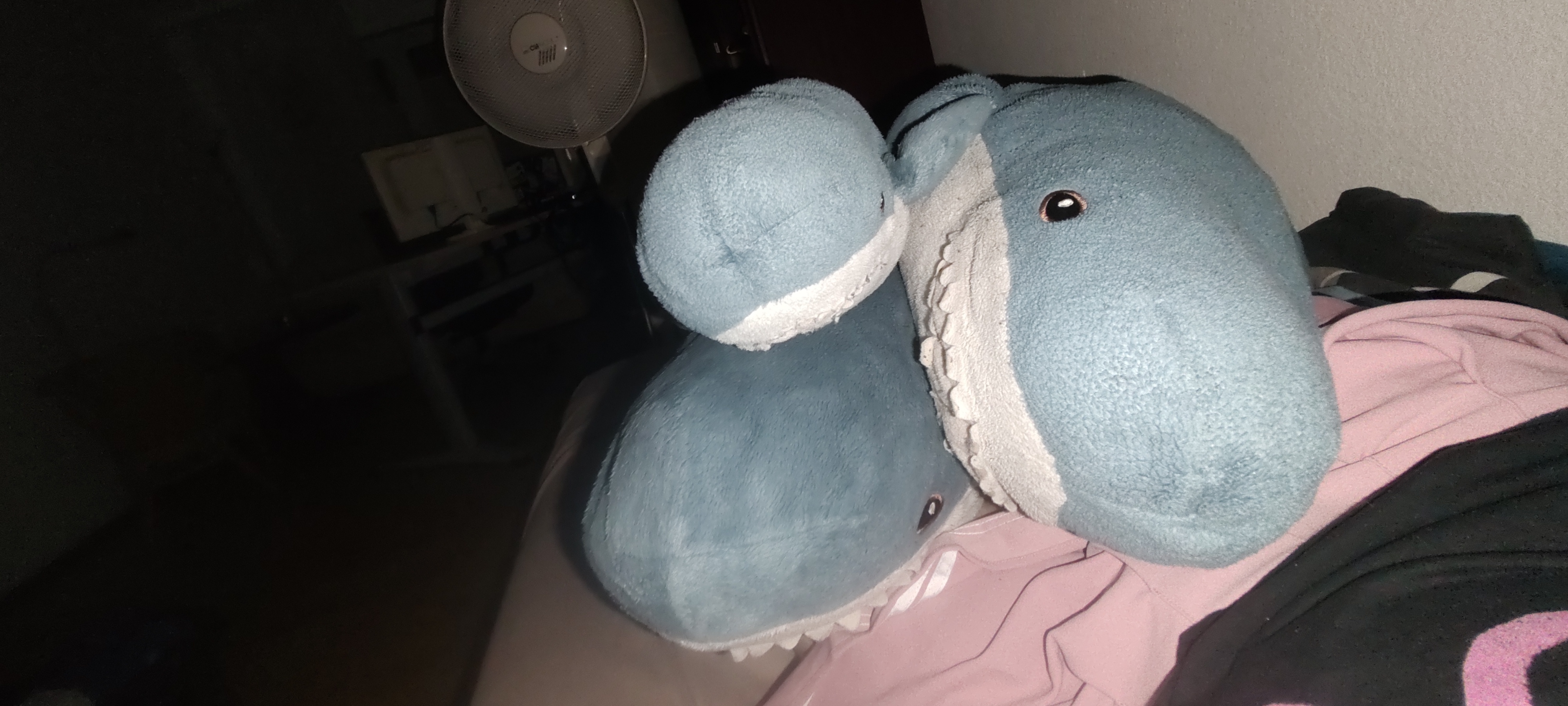For me, my high bar that I have yet to beat, was the time I pivoted the running OS (ubuntu) into RAM over SSH so I could unmount and image the boot drive without rebooting and loading a live USB (Which would have required a ticket with my provider to enable IPMI)
In the early 2ks, computer were ugly grey box with noisy fan and a hard drive that gave the impression a cockroach colony were trying to escape your case. I wanted to build a silent computer to watch Divx movies from my bed, but as a broke teen, I just had access to disposed hardwares I could find there and there.
I dismantled a power supply, stuck mosfets to big mother fucking dissipator, and I had a silent power supply. I put another huge industrial dissipator on CPU (think it was an AMD k6 500Mhz) and had fanless cooling. Remained the hard drive.
Live CD/USB weren’t common at that time. I’ve discovered a live CD distrib (I think it was Knoppix) that could run entirely from RAM.
I removed hard drive, boot on live distrib, then replace CD by my Divx and voila.
Having a fanless-harddriveless computer was pure science fiction for me and my friends at that time.
Random one recently:
Turned my gaming box into an impromptu audio mixer by connecting my PS5 audio into the line in and routing it with pipewire to the speaker output so I could game while watching endurance racing on the same speakers.
Later found it was easier to do visually with qpwgraph.
The first time I learned about PDFGrep, I was able to track down a purchase order that would have taken hours otherwise.
Maybe a little specific, but the first time i used autorandr, I was wow it does exactly what it sounds like it does.
Oh! I just thought of a better one. The first time you run
vim scp://user@server//home/user/.When the network printer suddenly started printing the picture my kid had drawn in tux paint without me having configured the printer on their PC.
You might actually be a wizard lmao
The real wizards are the folks who made KDE’s printer integration. Or maybe CUPS.
That this worked when I did it in 2006:
wine ~/.wine/drive_c/Program\ Files/Warcraft\ III/Frozen\ Throne.exe -openglWine still feels like magic in 2025
Oh so many fun adventures, too much to count… But a few nice ones:
- HDD died, so ran a desktop system over network from a NAS (nfs) without HDD… for months.
- Rebuilding a corrupted system (any bit advanced tools wouldn’t start anymore, like apt).
- Custom bootable live cd based on Linux From Scratch (around 2002).
- Anything related to Kerberos and NFS4.
- Replacing syscalls to run software from a ramdrive that would otherwise not work.
- Recently using debootstrap to install Kubuntu with a ZFS root, which went surprisingly smooth and pretty easy.
I love Linux for all these insane possibilities.
Disabling CPUs by writing a zero to some file under
/sysPiped the ps2 usb camera /dev/video0 to nc. Reverse port fwd’d to my router 200 miles away, and got vlc 200 miles to connect to that port and it worked. No rtsp or server required
Moving from old to new Laptop by piping /dev/sda3’s content through netcat and into /dev/nvme0n1p3
How did you do it? Did you run a live distro on the new laptop to receive and overwrite the SSD ?
Livebooted (Arch) on both, I think you can even remove the install media after it copied itself to RAM, though I’m not sure (especially with Ventoy in between).
scp
I’m never using a flash drive again.
especially nice when you get path completion on the target server :D
Note: to do this you have to have your public key on the remote server
Next step: rsync, because it lets you resume.
Probably installing a different kernel and adding it to systemd boot manually a while back.
Oh and the very first was most likely installing Arch manually.
Migrated a server to a new drive by copying all the files with rsync and chrooting into it. Nothing too impressive from a linux standpoint, but I had no idea that was possible until I tried it.










